CBSE 12th Physics practical syllabus 2025-26 syllabus can be availed at cbseacademic.nic.in. The syllabus contains all the topics regarding experiments, activities, and projects that must be covered that will be covered in the CBSE Class 12 Practical Exam 2026 for 20 marks.
Table of Contents
CBSE 12th Physics practical syllabus 2025-26 contains details regarding the list of 15 experiments and 13 activities, spread across two sections other along with information regarding the total of 8 topics from the suggested investigatory projects list, where a student has to opt for one and submit a project report based on it. The syllabus also includes important guidelines regarding the practical exam for visually impaired students.
The CBSE class 12 exam 2026 for practicals will be conducted for 20 marks and is scheduled to be held from January 1 to January 25, 2015. In the practical exam, students will be assessed based on conducting two experiments one from sections A & B for 14 marks, creating a practical record for 5 marks, conducting an activity from any section for 3 marks, submitting their project report on one topic from the list of investigatory projects for 3 marks, and appearing a viva test on experiments, activities and project for 5 marks, etc.
CBSE 12th Physics Practical Syllabus 2025-26 Download Link
The CBSE Board has issued the curriculum for all subjects and released the CBSE Class 12 Physics deleted syllabus 2025-26 on the official website, in which the topics have been reduced by 30% compared to the last year. Students appearing for the CBSE Class 12th board exams can download the syllabus and review all the topics as mentioned.
The PDF link to download the CBSE class 12 practical syllabus 2025-26 PDF for Physics subject is added below:
| Particulars | Link |
| CBSE Class 12 Physics Practical Syllabus 2025-26 | Download PDF |
CBSE 12th Class Physics Practical 2025-26 Syllabus
The CBSE class 12th Physics syllabus 2025-26 for practicals comprises six topics each in the lists of experiments and activities under section A, nine topics in the list of experiments, and seven in the lists of activities under section B, along with the list of 8 investigatory project topics. The list of experiments, activities, and details regarding the investigatory projects is mentioned below as per the CBSE 12th Physics practical syllabus 2025-26.
SECTION A: List of Experiments
- To determine the resistivity of two/ three wires by plotting a graph for potential difference versus current.
- To find the resistance of a given wire/ standard resistor using a meter bridge.
- To verify the laws of combination (series) of resistances using a meter bridge, OR to verify the laws of combination (parallel) of resistances using a meter bridge.
- To determine the resistance of a galvanometer by the half-deflection method and to find its figure of merit.
- To convert the given galvanometer (of known resistance and figure of merit) into a voltmeter of the desired range and to verify the same, OR to convert the given galvanometer (of known resistance and figure of merit) into an ammeter of the desired range and to verify the same.
- To find the frequency of AC mains with a sonometer.
SECTION A: List of Activities
- To measure the resistance and impedance of an inductor with or without an iron core.
- To measure resistance, voltage (AC/DC), and current (AC) and check the continuity of a given circuit using a multimeter.
- To assemble a household circuit comprising three bulbs, three (on/off) switches, a fuse, and a power source.
- To assemble the components of a given electrical circuit.
- To study the variation in potential drop with the length of a wire for a steady current.
- To draw the diagram of a given open circuit comprising at least a battery, resistor/rheostat, key, ammeter, and voltmeter. Mark the components that are not connected in proper order, and correct the circuit and also the circuit diagram.
SECTION B: List of Experiments
- To find the value of v for different values of you in the case of a concave mirror, and to find the focal length.
- To find the focal length of a convex mirror using a convex lens.
- To find the focal length of a convex lens by plotting graphs between u and v or between 1/u and 1/v.
- To find the focal length of a concave lens, use a convex lens.
- To determine the angle of minimum deviation for a given prism by plotting a graph between the angle of incidence and the angle of deviation.
- To determine the refractive index of a glass slab using a travelling microscope.
- To find the refractive index of a liquid using a convex lens and a plane mirror.
- To find the refractive index of a liquid using a concave mirror and a plane mirror.
- To draw the I-V characteristic curve for a p-n junction diode in forward and reverse bias.
SECTION B: List of Activities
- To identify a diode, an LED, a resistor, and a capacitor from a mixed collection of such items.
- Use a multimeter to see the unidirectional flow of current in the case of a diode and an LED, and check whether a given electronic component (e.g., diode) is in working order.
- To study the effect of the intensity of light (by varying the distance of the source) on an LDR.
- To observe refraction and lateral deviation of a beam of light incident obliquely on a glass slab.
- To observe the diffraction of light due to a thin slit.
- To study the nature and size of the image formed by a (i) convex lens or (ii) concave mirror on a screen by using a candle and a screen (for different distances of the candle from the lens/mirror).
- To obtain a lens combination with the specified focal length by using two lenses from the given set of lenses.
CBSE 12th Physics Practical Investigatory Projects
- To study various factors on which the internal resistance/EMF of a cell depends.
- To study the variations in current flowing in a circuit containing an LDR because of a variation of the following:
- The power of the incandescent lamp is used to 'illuminate' the LDR (keeping all the lamps at a fixed distance).
- The distance of an incandescent lamp (of fixed power) used to 'illuminate' the LDR.
- To find the refractive indices of
- water
- oil (transparent) using a plane mirror, an equiconvex lens (made from a glass of known refractive index), and an adjustable object needle.
- To investigate the relation between the ratio of
- output and input voltage
- The number of turns in the secondary coil and primary coil of a self-designed transformer.
- To investigate the dependence of the angle of deviation on the angle of incidence using a hollow prism filled one by one with different transparent fluids.
- To estimate the charge induced on each one of the two identical Styrofoam (or pith) balls suspended in a vertical plane by making use of Coulomb's law.
- To study the factor on which the self-inductance of a coil depends by observing the effect of this coil when put in series with a resistor/(bulb) in a circuit fed up by an AC source of adjustable frequency.
- To study the earth's magnetic field using a compass needle-bar magnet by plotting magnetic field lines and tangent galvanometer.
Also Read: 100+ CBSE Class 12 Chemistry Practical Investigatory Project Topics
Prescribed Books for CBSE 12th Class Physics Practical 2025-26
The CBSE board follows the NCERT book, which covers all the essential topics. Students must study from CBSE class 12 books to score good marks.
Below is a list of books prescribed for the CBSE 12th Physics practical syllabus 2025-26 for students to use as a reference.
- Physics, Class XII, Part I and II, Published by NCERT.
- Laboratory Manual of Physics for class XII, published by NCERT.
Evaluation Scheme for CBSE Class 12th Physics Practical Exam 2026
Students should have an in-depth understanding of the evaluation pattern while going through the CBSE 12th exam preparation. The evaluation scheme of CBSE 12th Physics practical 2025-26 is tabulated below, consisting of parameters like experiments, practical record one activity, investigatory project, and the total marks allotted under each parameter.
| Parameter | Total Marks Allotted |
| Two experiments (one from each section) | 7 Marks + 7 Marks |
| Practical record (experiment and activities) | 5 Marks |
| One activity from any section | 5 Marks |
| Investigatory Project | 3 Marks |
| Viva on experiments, activities, and project | 5 Marks |
| Total | 30 Marks |
Also Read: CBSE Class 12 Exam Pattern 2025-26

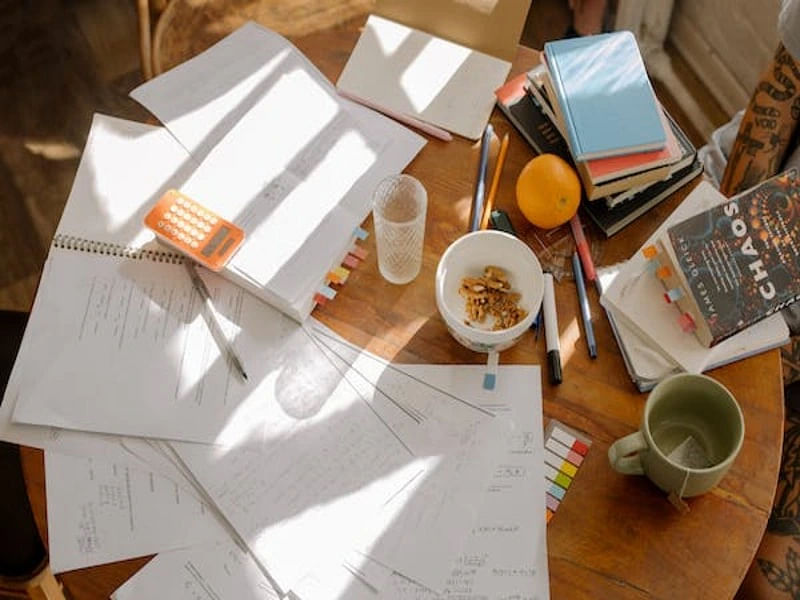


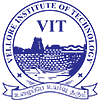




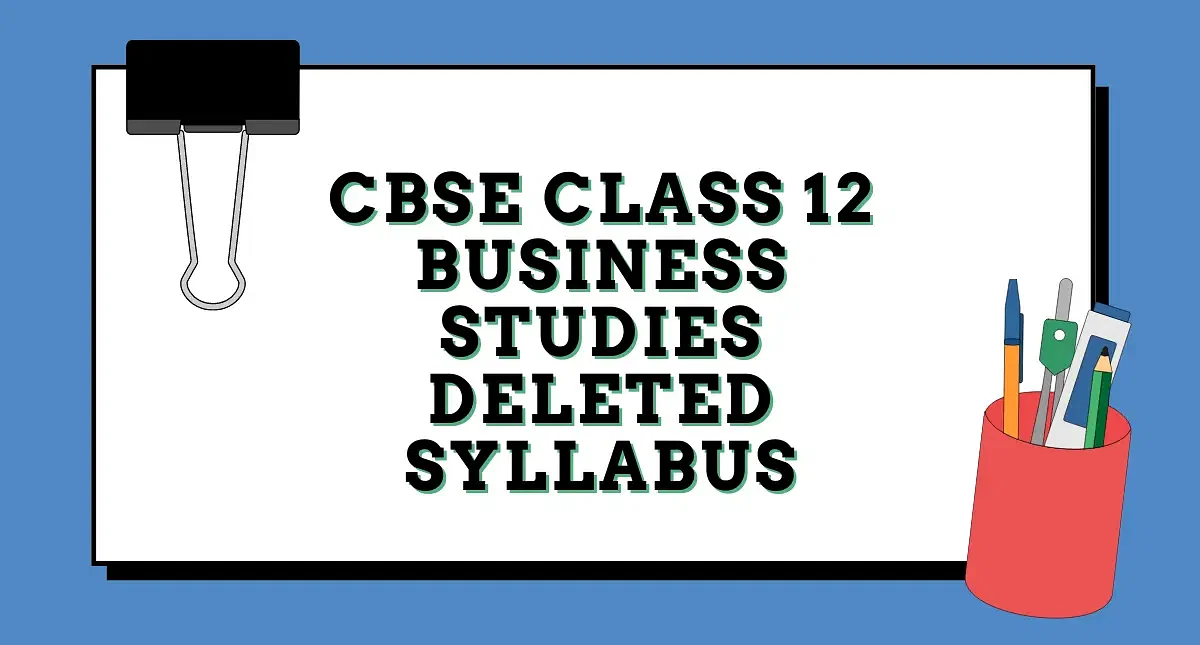
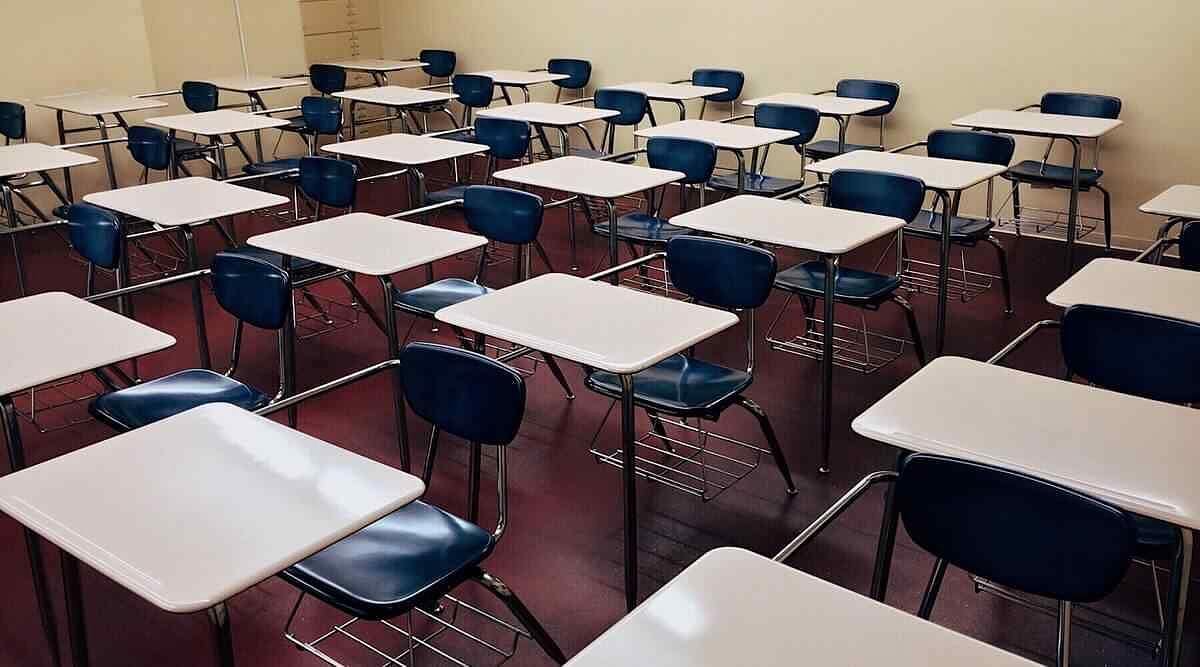
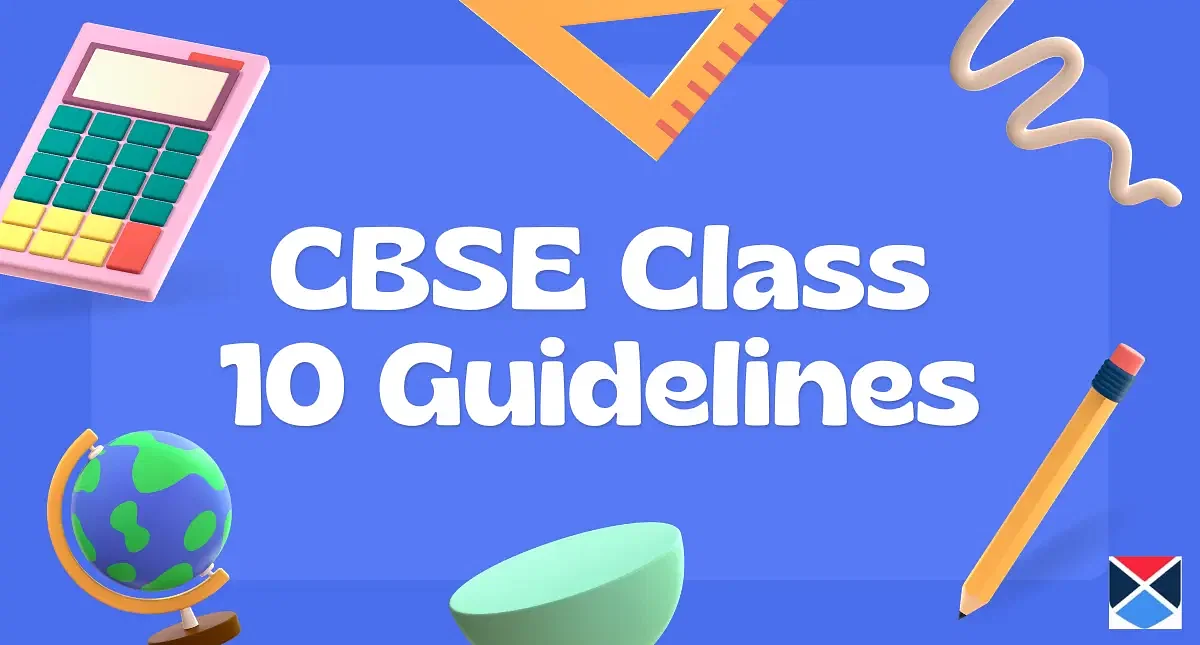
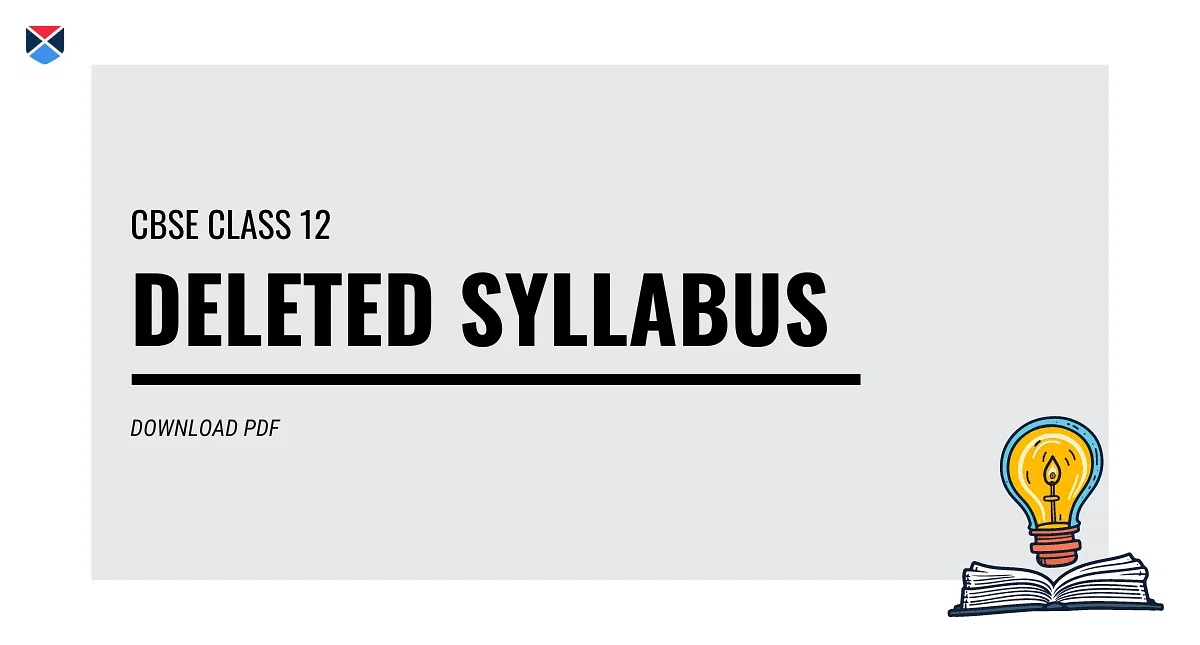
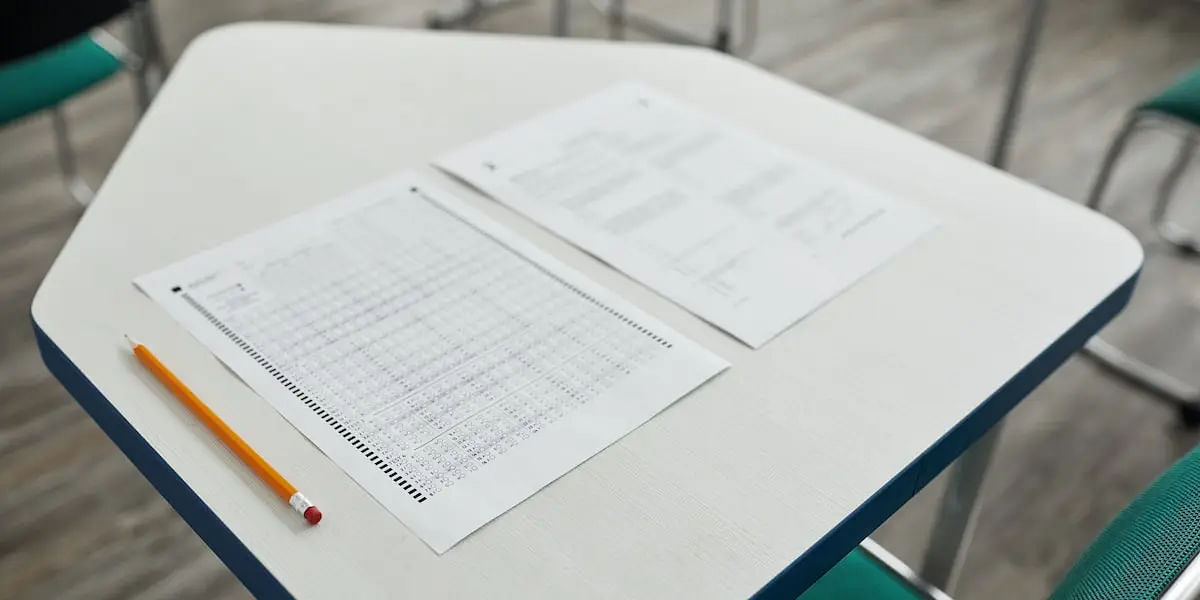

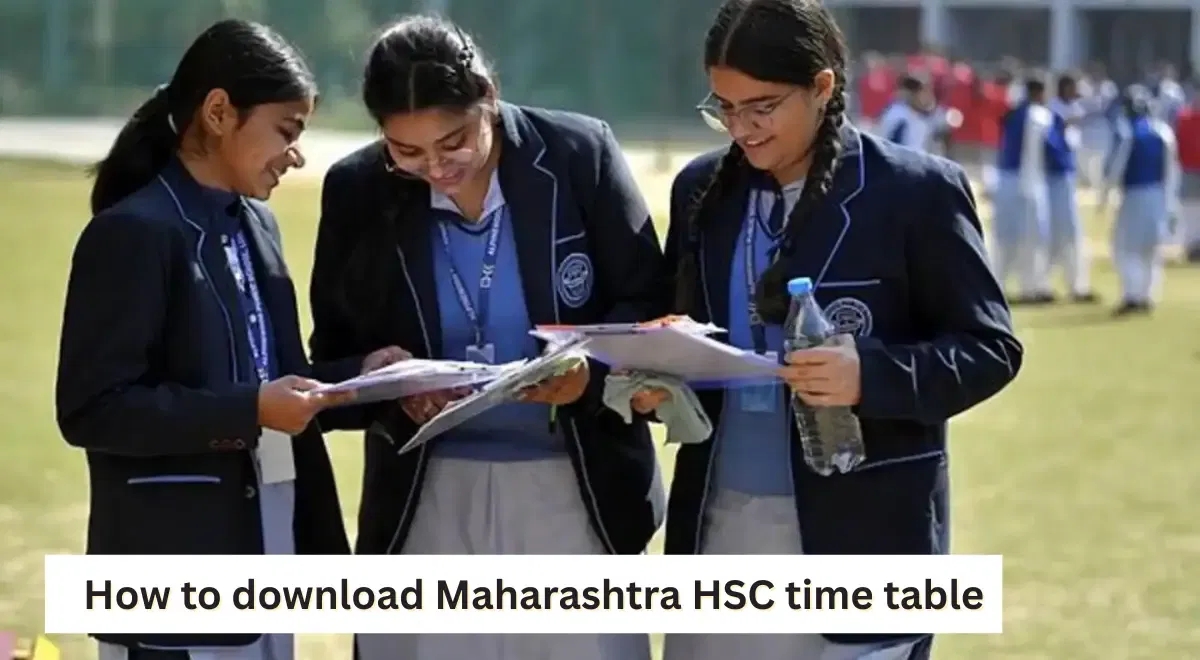



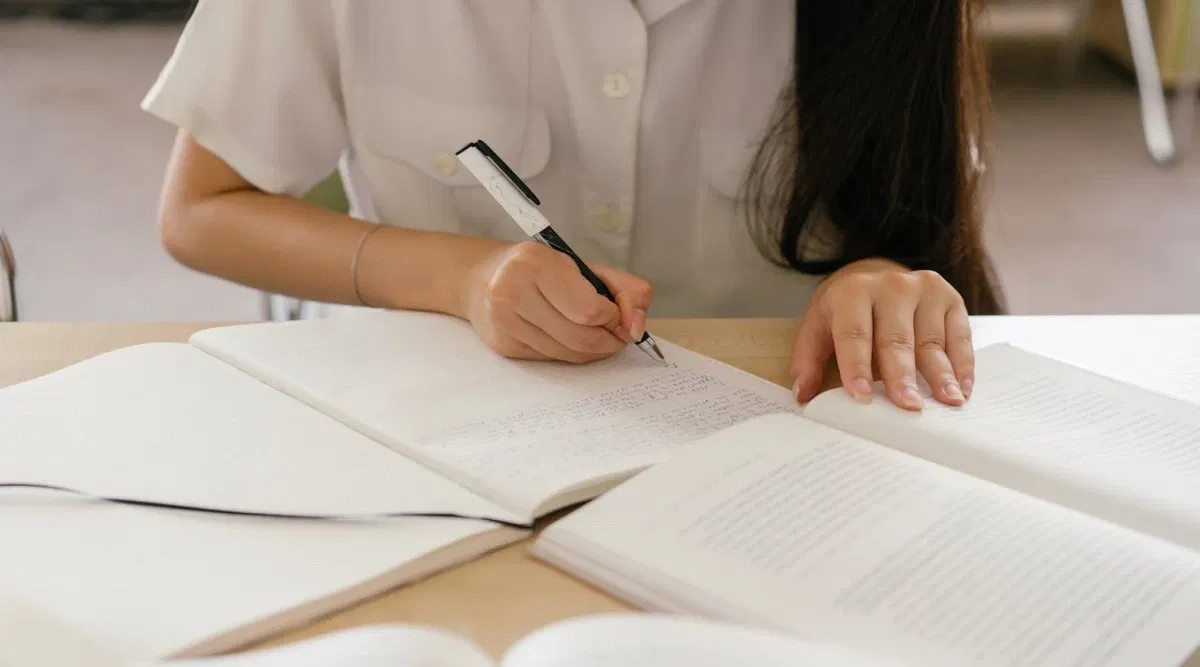
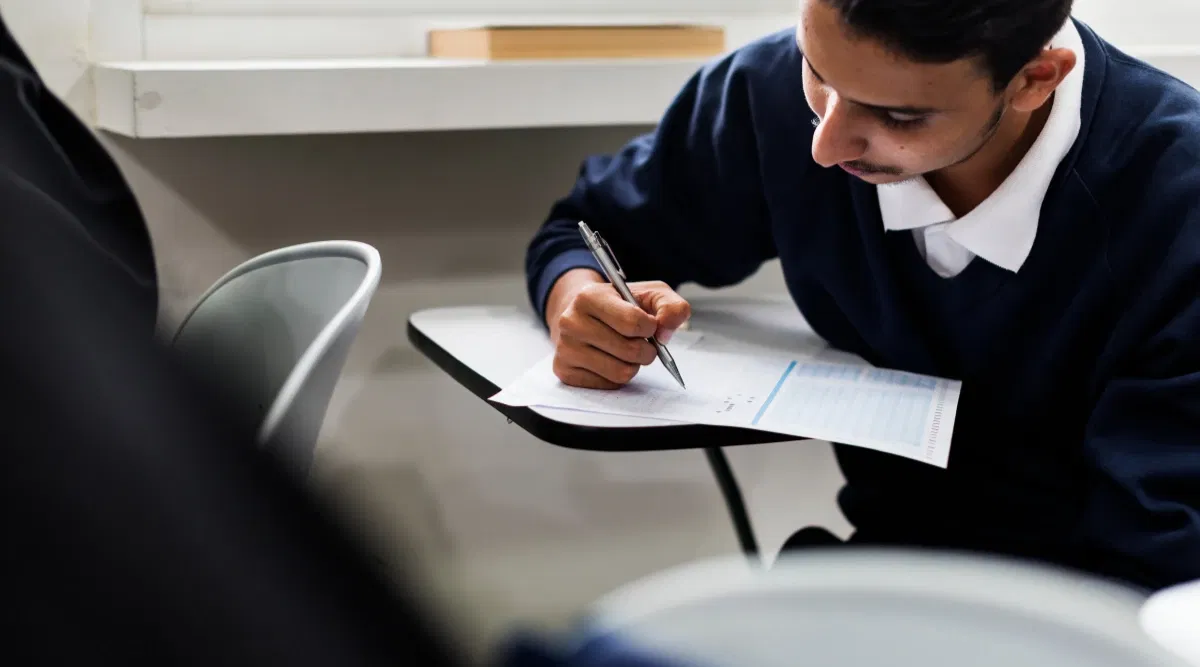
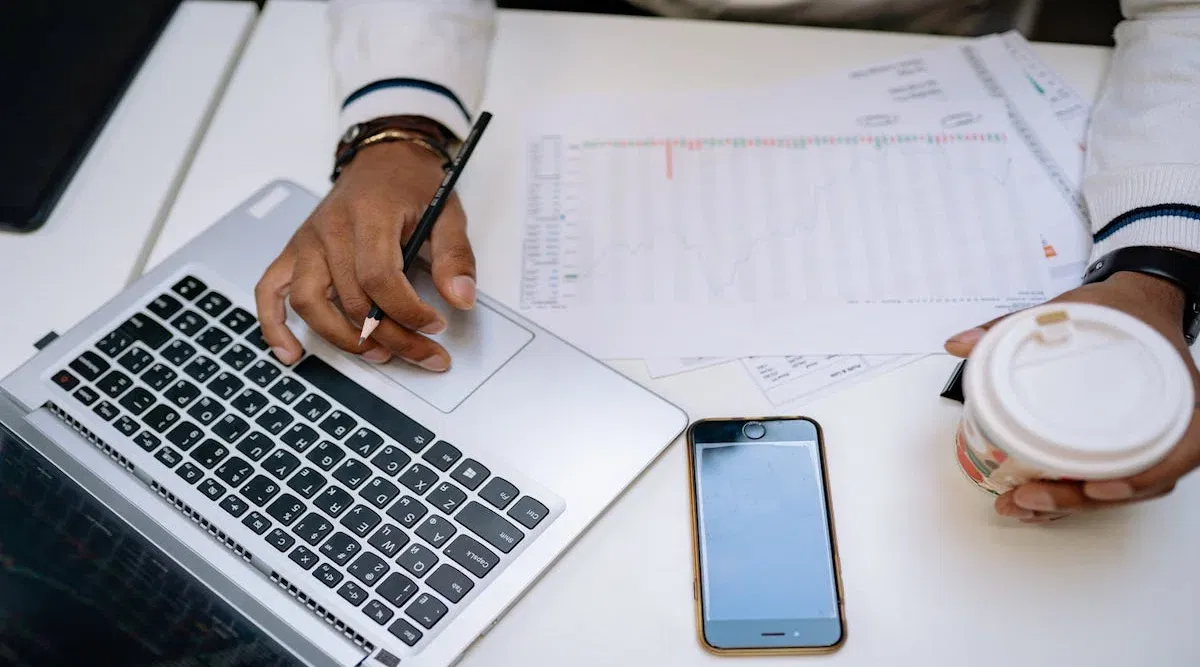
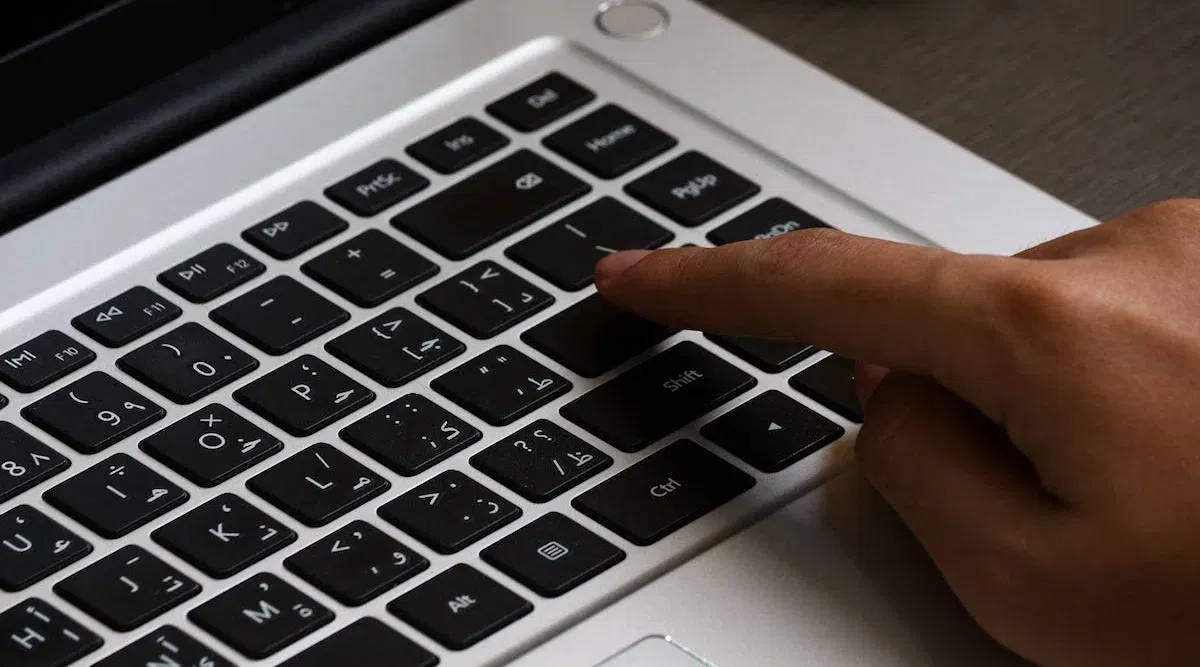

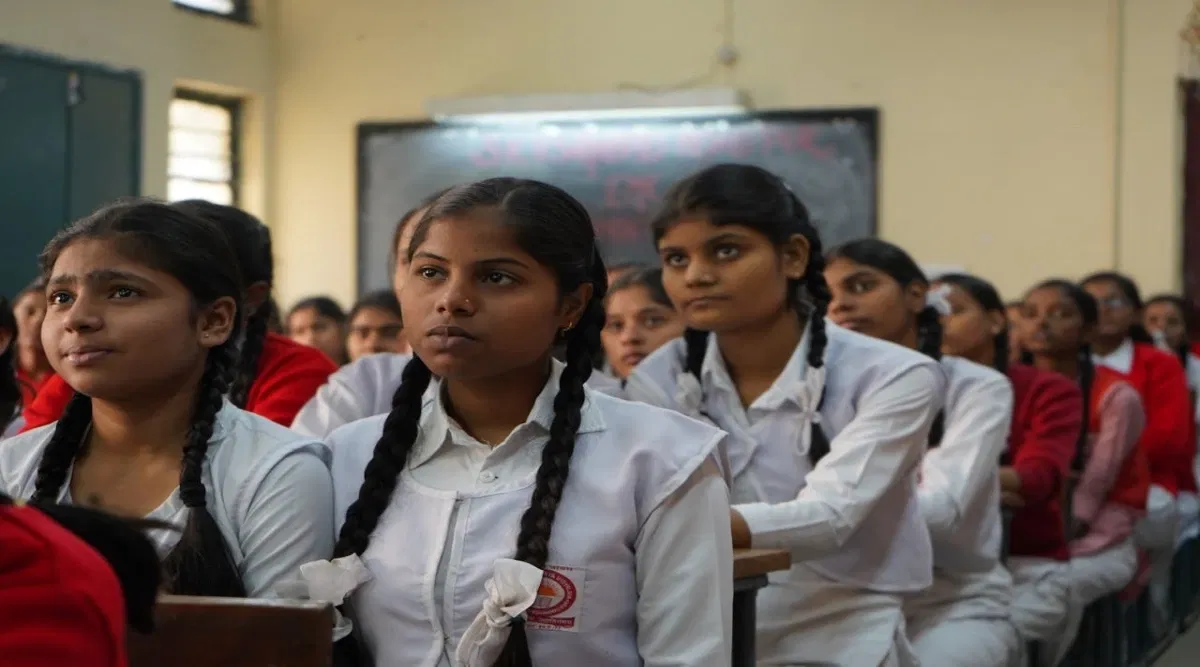

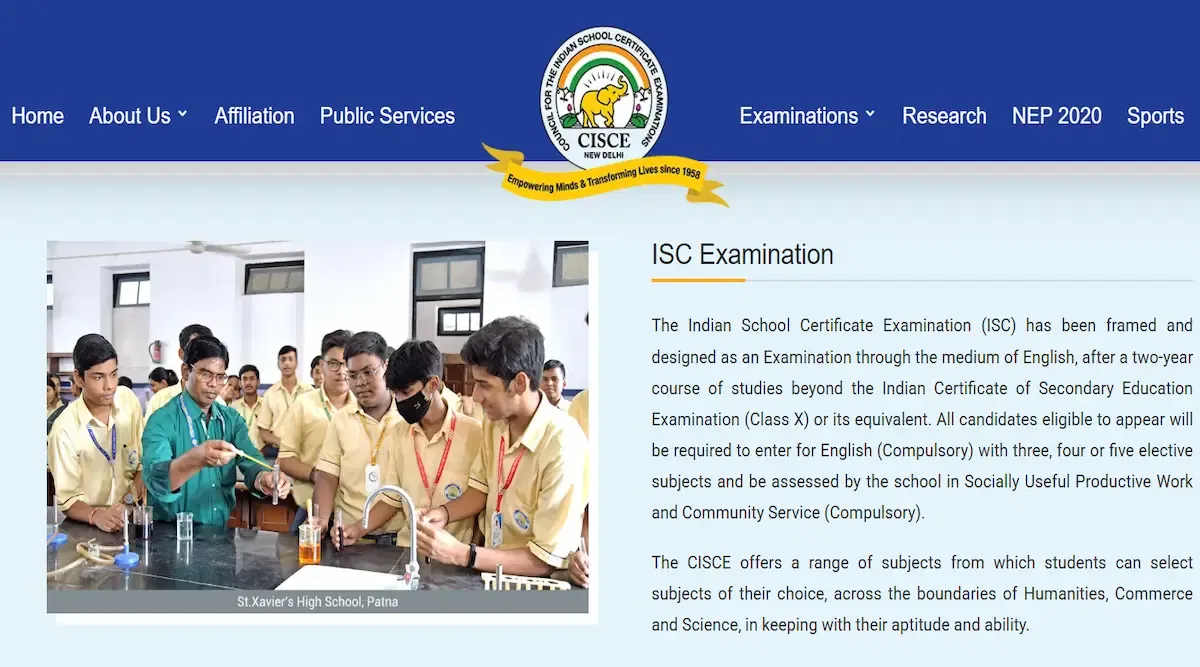
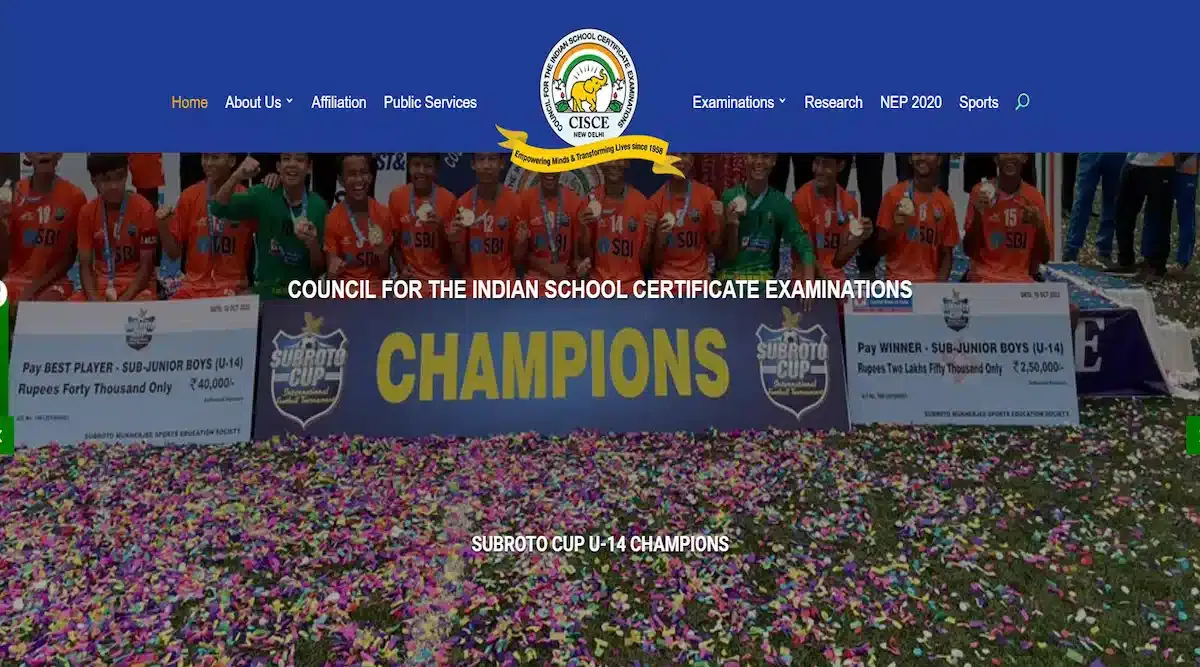

POST YOUR COMMENT